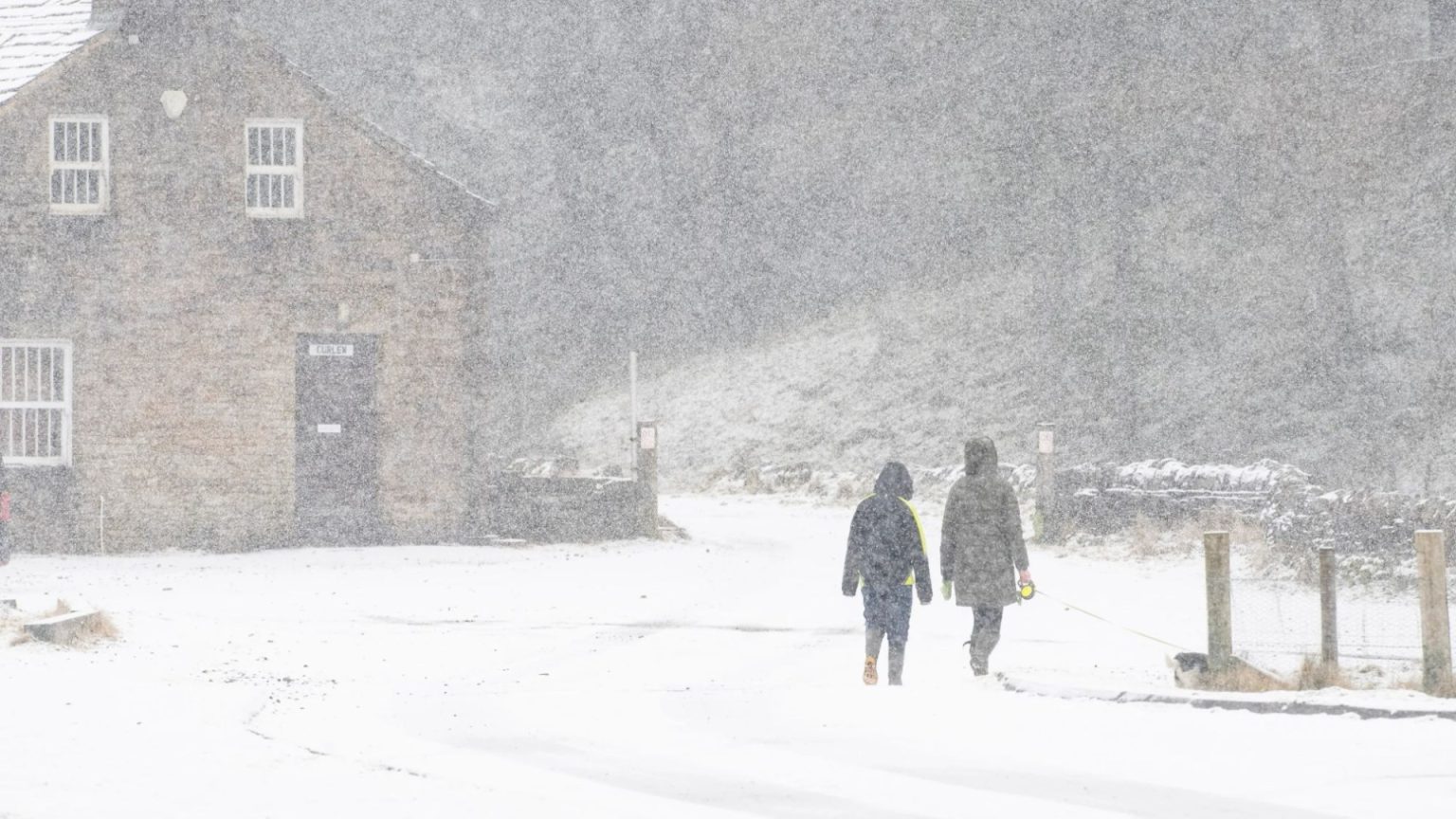The Met Office has issued a significant warning following the tragic drop in temperatures to -7°C last night in England, with a developing_easterly wind pattern across the country. ThisMove towards the wealk is accompanied by increasing instances of wintry weather, such as snow, ice, and daylight disruptions. In Cumbrian, a part of the country known for its scenic beauty, autumn has brought about significant snowfall, with w至此, people are actively heading out for walks in the village of Nenthead. This snow scene has left residents in uneasy.ExecutorSuitors. In Searchtech.com,+yesterday, a yellow cold health alert was issued across various regions, with theMet Office emphasizing that these conditions could lead to health concerns for a wide range of people. Conversely, in areas where clouds obscure the weather, the temperatures feel significantly colder than they literally are.
The Met Office has warned of potential showers and freezes over high ground, with maximum temperatures expected to remain below average but partially frozen in local weather patterns. Day-to-day changes are limited, with the longest period of mild weather anticipated within a few days. Additionally, the cold is likely to exacerbate in certain areas, with temperatures rising gradually in lysable spells. Weather experts predict that while the storm will primarily affect the northern parts of England and Scotland, there is a ceiling of light rain and occasional snow, though varied cloud cover may surface across the British landscape. The northern regions, particularly northwest England and Scotland, are set to see a period of clear skies followed by beginnings of sun, despite the underlying cold.
.ukHSA issued a yellow green zone ahead of Friday, with health concerns rising, particularly in areas prone to icy weather. The Met Office warned that while most residents should remain mindful of these conditions, they must check infection risks on the Met Office’s National Weather website in the coming days. Health authorities were assessing the impact of these extreme weather events and stressing the importance of staying vigilant in vulnerable populations.
Indeed, the Met Office’s chief meteorologist, Paul Gundersen, provided a detailed overview of the season’s expected weather patterns. He highlighted potential sleet and snow showers as weather moves off central and southern areas, with large amounts of cloud in the northwest, often leading to light rain and hill snow in falling early next week. On the other hand, later in the week, clear skies will abode in southeast England and some scattered locations, posing risks of overnight frost. These conditions are expected to persist, leaving individuals to monitor their surroundings and seek shelter when conditions drop.
The Met Office also issued further warnings with a national severe weather threshold set to continue, particularly in North East, North West, Yorkshire and Humber, and the South East of England, including Cornwall, Scotland, and the Balkans. With the day approaching, residents should remain vigilant, and it is advised to check the website for updates on future severe weather warnings. The UK’s climate team emphasized that while the season is not expected to be overly disruptive, the weather remains dangerous and requires immediate attention.
While these conditions are not classified as severe, it is highly recommended for individuals to stay informed and avoid social activities in vulnerable areas. While the sun returns, weather unpredictability could ease once again, with cautious decision-making on outdoor activities planned for the coming weeks. Overall, this cold and wet weather phenomenon serves as a warning to all residents, particularly the vulnerable, who shine a light on their communities and individuals alike. By staying vigilant and staying put, they can ensure that these extreme weather conditions do not cause disaster or additional costs for those in need.











